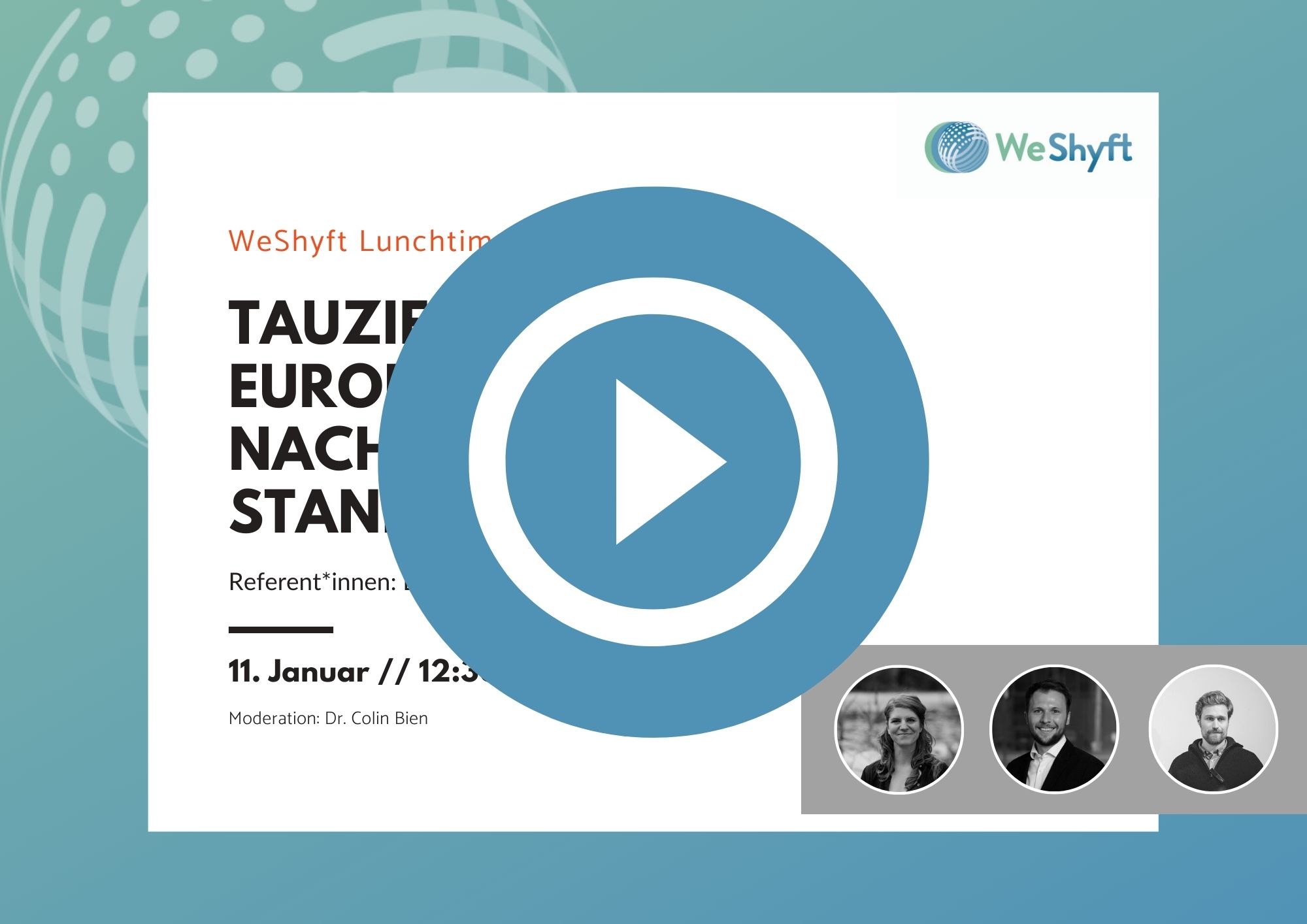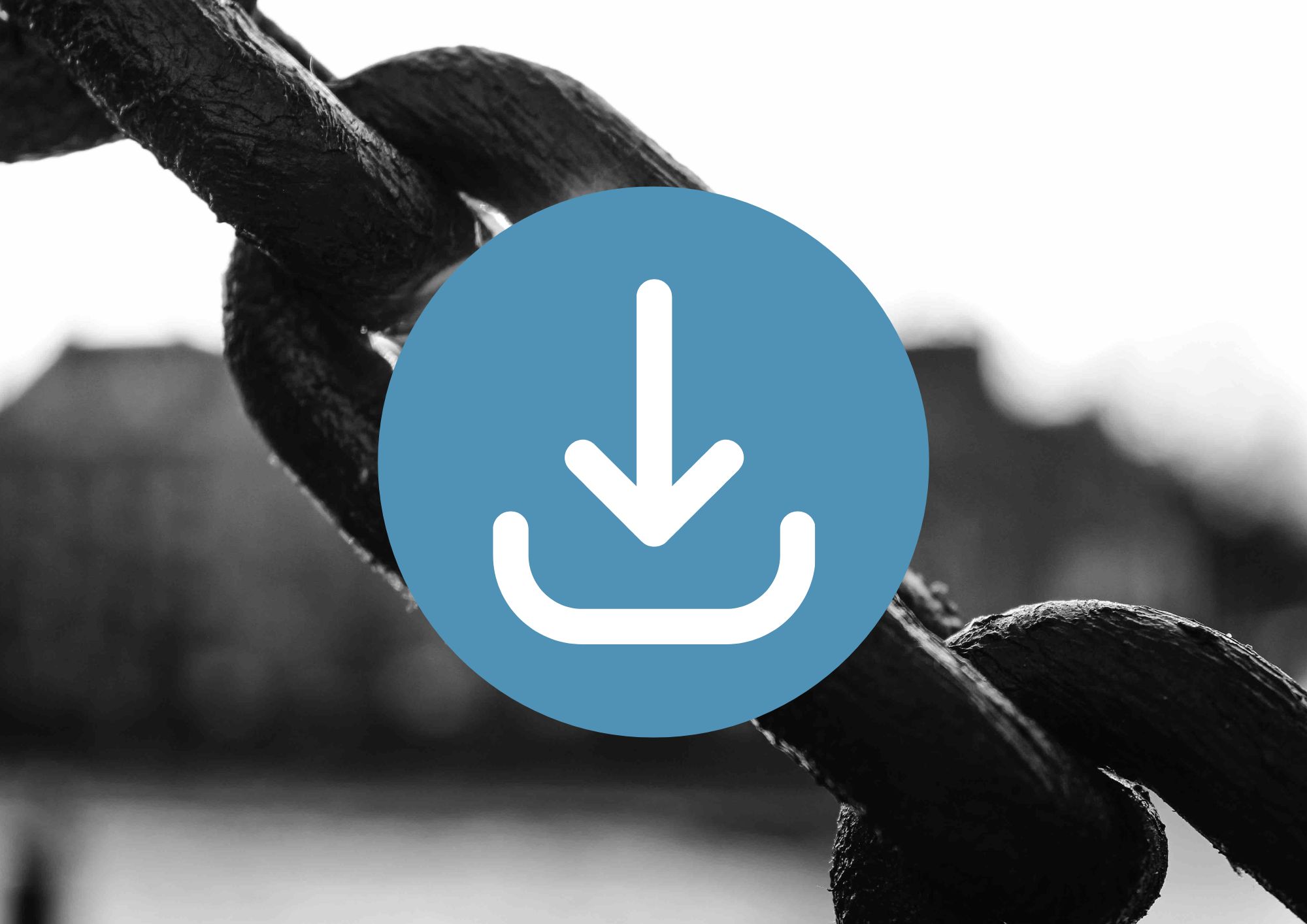Sustainability is becoming mandatory. But for whom and from when?
It will soon be mandatory for almost 50,000 companies to systematically manage sustainability and publish reports. This is due to legal requirements such as the CSRD, the LkSG, the EU taxonomy and the CSDDD.
Here you can familiarize yourself with the current regulations on mandatory ESG reporting and understand what needs to be disclosed in the coming years to comply with the complex regulations.

When do you have to report?
LkSG
EU taxonomy
CSRD
CSDDD
What needs to be implemented?
The requirements of the ESG regulatory initiatives are diverse and complex. A compact overview of which core aspects can be derived from this is shown in the following table. In the context of an environment analysis, detailed examination of criteria that determine the requirements that affect your company can be evaluated.
LkSG | EU taxonomy | CSRD | CSDDD |
|---|---|---|---|
Establishment of a risk management incl. a complaints procedure & definition of an in-house responsibility
| Identification of taxonomy relevant economic activities of the company | Description of business model and strategy - incl. resilience to sustainability risks and contribution to the Paris Climate Agreement | Establishment of a risk management incl. a complaints procedure & definition of an in-house responsibility |
Carrying out regular risk analyses
| Analysis of all relevant economic activities for taxonomy capability and compliance | Sustainability goals and their progress
| Integration of due diligence into corporate policy to identify actual or potential negative impacts on human rights and the environment |
Adoption of a policy statement
| Review of the "Screening criteria", the "DNSH" principle and the "Minimum Safeguard" requirements | Structure of the sustainability organization (roles and responsibilities) | Preventing or mitigating potential impacts and terminating and minimizing actual impacts |
Anchoring of preventive measures, taking of remedial action & implementation of due diligence at indirect suppliers
| Disclosure of taxonomy-compliant sales revenues, investment costs and operating costs | Due diligence procedures, measures, negative and positive adverse impacts (principle adverse impact) | Monitoring the effectiveness of due diligence and related measures |
Documentation and reporting of all activities | Sustainability-related risks and opportunities for the company | Documentation and reporting of all activities |
What needs to be done now?
For many companies, there is not much time left. At least no time to cope with the regulatory wave of directives and laws presented and to avoid potential sanctions. We recommend setting up the relevant processes at least two years before the obligation. The two most important steps to take action quickly are to clarify how you are affected and to analyze the initial situation.
Clarify affectedness & create time line
Identify which of the above-mentioned regulations will affect your company from which point in time and which topics are important now. We support you with our environment analysis for topics and regulations.
Perform status quo analysis
Clarify what the initial situation is in your company. How well positioned are you in terms of maturity and data collection? We support you with exactly these questions as part of the WeShyft sustainability check.
Further information
We offer you a variety of other knowledge resources to dig deeper into the various regulations, requirements and processes. You can find a selection of the most important content here:

Webinar: Tauziehen um die europäischen Nachhaltigkeitsstandards ESRS
Wo steht die Entwicklung der europäischen Nachhaltigkeitsstandards „ESRS”? Was hat den Prozess bis heute geprägt? Und was ist für die fortdauernden Diskussionen von zentraler Bedeutung? Zwar wurden die finalen Entwürfe der “European Sustainability Reporting Standards” (ESRS) im November vorgelegt, doch kann noch viel passieren bis sie im Juni 2023 offiziell veröffentlicht werden. Die sind einige Fragen denen wir im Webinar nachgehen.

Free Template: Vergleich zwischen LkSG und CSDDD
Mit dieser Vergleichsliste erhältst Du eine Übersicht von Gemeinsamkeiten und Unterschieden zwischen dem deutschen und dem europäischen Lieferkettengesetz. Auch, wenn letzteres erst in einigen Jahren greift sollte man schon heute – im Rahmen der LkSG Vorbereitungen – die Anforderungen der europäischen Gesetzgebung mitdenken.

Webinar: EU Taxonomie: Game Changer für nachhaltiges Wirtschaften?
Die EU legt in Sachen Nachhaltigkeitsregulatorik ein enormes Tempo vor. Insbesondere durch die Umlenkung von Finanzströmen sowie die neuen Informations- und Offenlegungspflichten werden Finanzakteur:innen und die Realwirtschaft dazu angehalten, ihre Nachhaltigkeitsleistungen zu verbessern. In diesem Webinar diskutieren wir die Grundzüge der EU Taxonomie und ihre Wirksamkeit.
Get news and information about sustainable economy!
Neueste Posts & Insights

Webinar: ESRS E1 Klimabilanzierung, Übergangspläne und KlimaRisikoanalyse
Die Klimabilanzierung und der Übergangsplan für den Klimaschutz sind zentrale Bestandteile des ESRS E1 und für den Großteil der Unternehmen

Webinar: Do’s & Don’ts der doppelten Wesentlichkeitsanalyse
Die Anforderungen der Corporate Sustainability Reporting Directive (CSRD) und die Umsetzung der doppelten Wesentlichkeitsanalyse stellen Unternehmen vor zahlreiche Herausforderungen.
Ein

Nachhaltigkeitsberichterstattung nach ESRS für KMU
Neben großen Unternehmen sind ebenfalls börsennotierte KMU verpflichtet, nach den ESRS ab 2026 (bzw. durch die Opt-out 2028) zu berichten.